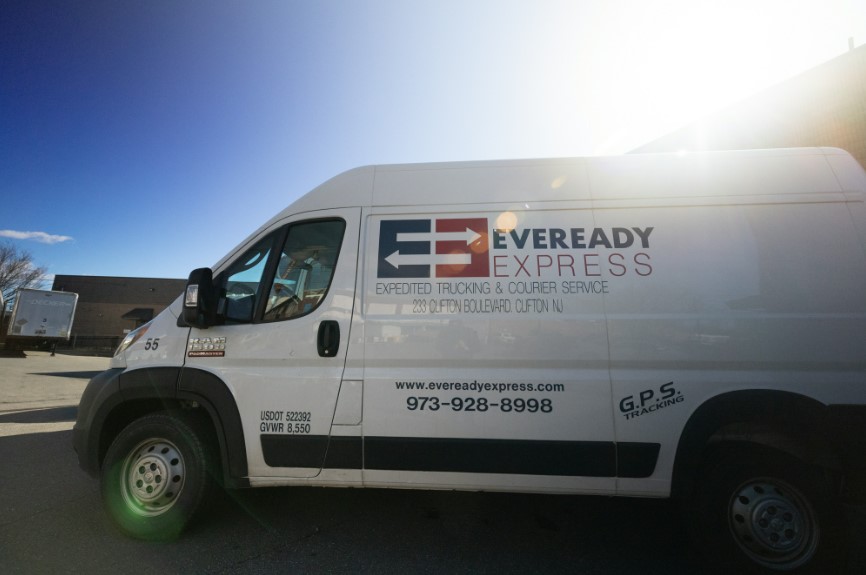What Causes Packages to be Damaged During LTL Shipping?

Shipping is a vital aspect of the global economy, allowing goods to be transported across vast distances with relative ease. However, as goods make their way from one destination to another, they are often subjected to various risks and hazards that can occasionally result in damage.
One particular concern that plagues many businesses is Less Than Truckload (LTL) freight damage – the unfortunate consequences of shipping smaller loads with multiple stops along the transit route. When you opt for LTL shipping, the risk of damaged or lost freight tends to be higher than Full Truckload shipping, at an estimated three times the cost for damages.
What Causes Packages to be Damaged During LTL Shipping?
Improper Packaging and Securing
Many shippers overlook the importance of using durable and appropriate packaging materials for their shipments, resulting in damaged goods during transit.
This can be attributed to several factors such as inadequate cushioning, insufficient wrapping, or fragile items not being properly protected, which may be amplified during the peak shipping season from October through December.
Lack of proper securing within the carrier or container is another problem. When shipments are not appropriately secured with straps, braces, or other binding materials like shrink-wrap, they are more prone to shifting and colliding during transportation.
Temperature Fluctuations
Certain products require specific, temperature-controlled environments for preservation and protection; failure to provide these conditions can lead to spoilage or deterioration.
In addition, extreme temperatures can cause the expansion or contraction of certain materials, potentially damaging delicate items or causing leaks in containers holding liquids.
Frequent Handling and Mishandling
LTL shipments undergo more handling during transit, increasing the chances of accidents or mishandling. While most shipping companies strive for top-notch handling procedures, accidents can still occur due to human error or negligence.
Rough handling at loading docks or carelessly stacking pallets may result in packages falling overboard during unloading operations or suffering impact from dropped objects.
Also, LTL trailers often carry multiple shippers’ freight, which may not always stack or fit together neatly, leading to potential collisions and damages.
Minimizing freight damage during LTL shipping requires a proactive approach that encompasses proper packaging techniques and secure methods for transport alongside temperature-controlled provisions when necessary.
There are many cases when time and damage costs that occur during LTL shipping can easily be offset by utilizing other shipping options, such as Eveready Express.
You can learn more about how to protect your LTL shipments here or contact us for more information.
